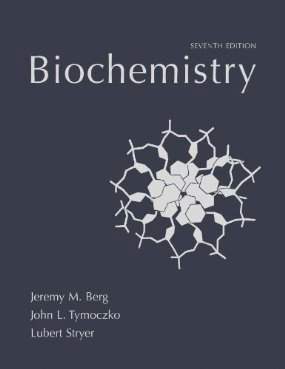Starting up...

For more information, please see full course syllabus of Biochemistry
Biochemistry Disaccharides
Sugars can build on each other to form chains. The simplest chain is a disaccharide containing two monosaccharides which are covalently bonded to each other via an O-glycosidic bond, which forms when the hydroxy group of a sugar reacts with the anomeric carbon on another sugar in a condensation reaction. Disaccharides are named according to their components and the pattern of their arrangement. Sugars also have three-letter abbreviations, just like the amino acids, and these can be used to name longer sugar chains such as Glc-alpha(1 → 4)Glc. It is very important to be familiar with different representations of these structures and be comfortable reproducing them, so this lecture covers the “flip” and “spin” versions of trehalose, a non-reducing sugar, where one monomer is rotated relative to the other.
Share this knowledge with your friends!
Copy & Paste this embed code into your website’s HTML
Please ensure that your website editor is in text mode when you paste the code.(In Wordpress, the mode button is on the top right corner.)
- - Allow users to view the embedded video in full-size.










































 Answer Engine
Answer Engine




0 answers
Post by Jenika Javier on October 12, 2014
how do we identify the reducing end?
1 answer
Wed Oct 1, 2014 5:57 PM
Post by Torrey Poon on October 1, 2014
Hi Prof. Hovasapian, are all 1-1 linked disaccharides non-reducing sugars?
1 answer
Fri Feb 14, 2014 2:00 AM
Post by Alan Delez on February 13, 2014
Hi Professor Hovasapian, so in this lecture we learn that the importance of the anomeric carbon is when monohydrates form glyosidic bonds?
1 answer
Wed Sep 18, 2013 3:18 AM
Post by Archimedes S on September 17, 2013
Hi Prof. Hovasapian. I am confused how the spin and the flip to form trehalose can result in the same molecule even though they result in different orientations in space. Is this because the carbons attached to the oxygen in the glycosidic bond can freely rotate?